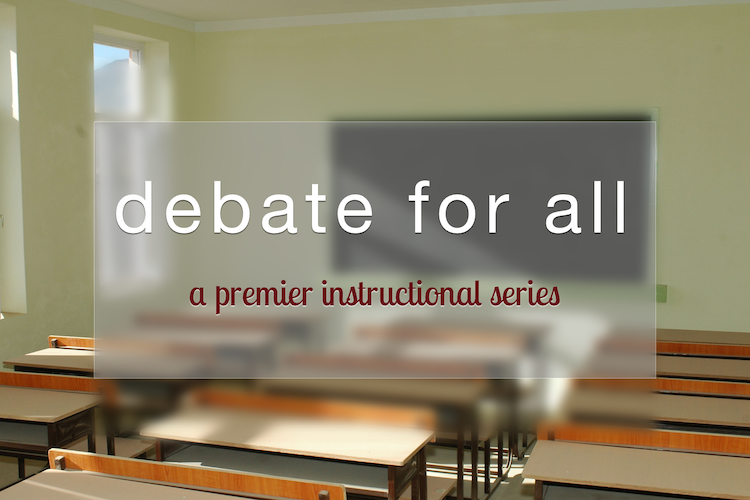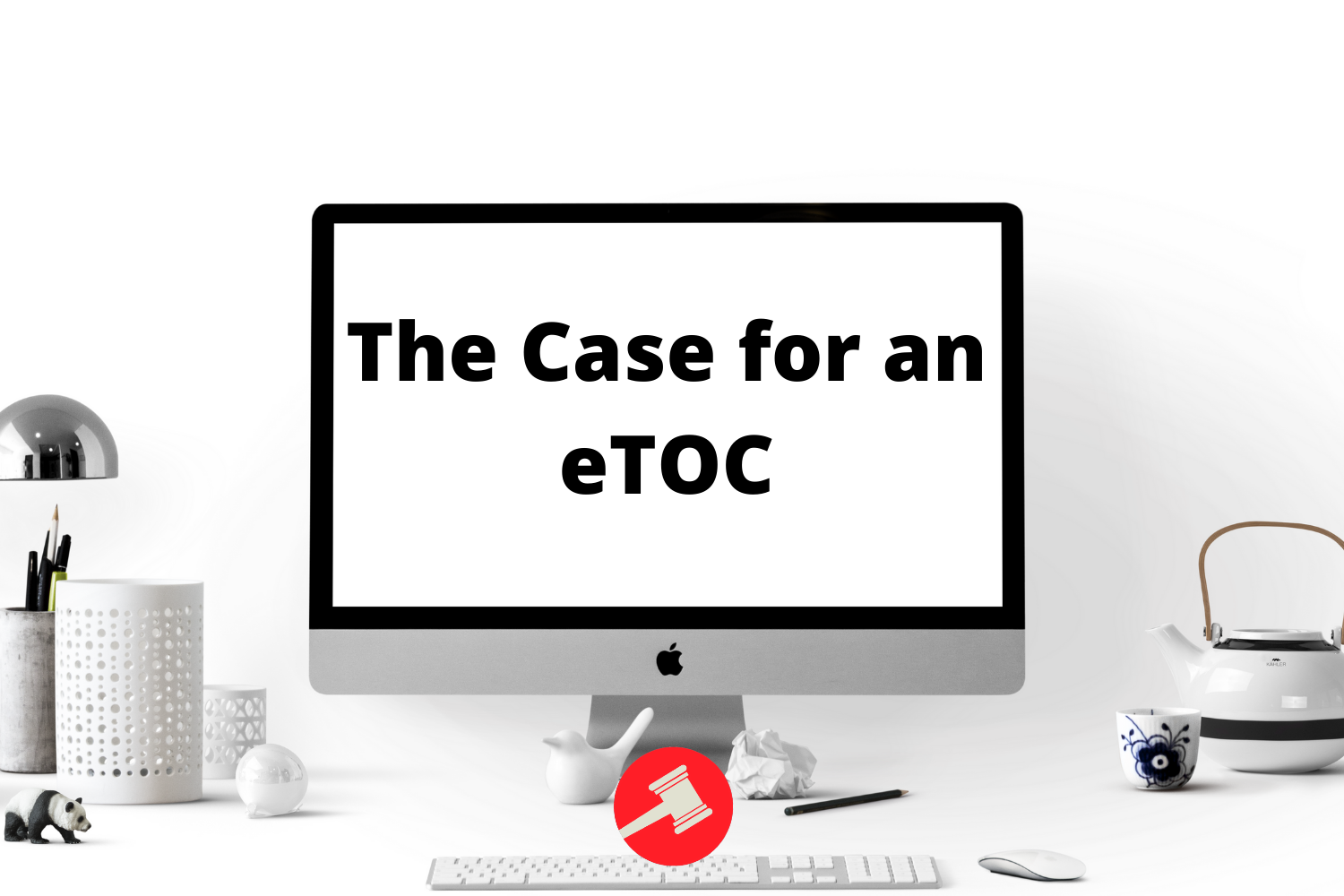Debate For All: Tournament Procedure

Competitive tournaments are structured fairly similarly. This is a guide to that structure and the terminology used.
Pre-Tournament
Online Registration
Tournaments are most often listed on Joy or Tabroom. Once you’ve decided what tournament you want to go to, you and your coach or supervisor should figure out when registration opens online by looking at the dates on the tournament’s page. Some tournaments have a waitlist once you have created an entry online. Some have a qualifying process, so acceptance is not guaranteed.
Judge Preferences
Most national tournaments will employ Mutual Preference Judging (MPJ). This means that the tabulation software (the program used to run the tournament) will roughly place judges according to the debaters’ preferences. Generally at least a few days before the tournament, judge preferences or “prefs” will be available online. There are two main types of prefs. First is a category system, where you can rate the judges you want by category. In LD, 5 or 6 category systems are most common. You rank your favorite judges as 1s and your least favorite judges as 6s. You will often have the opportunity to mark “conflict” if that judge would present a conflict of interest in judging you, such as if it’s your coach. You might also have “strikes” which are judges that you will never have throughout the tournament. Follow the rules set up in the tournament invitation or on the preferences page. The second pref system is called ordinal prefs, which allows you to rank order all the judges from top to bottom. If there are 30 judges, 1 is your most preferred and 30 is your least preferred. This ranking system is generally more accurate.
The result of prefs is that if Debater A hits (debates) Debater B, the judge will be “mutually preferred.” If everything goes right, that means A and B will get a judge they both rank as a 1. That often can’t happen, so it may be that A ranked the judge a 1 and B ranked the judge a 2. The program will try to provide the best, most mutual judge possible. Some tournaments prefer mutuality (a 3-3 judge is better than a 1-2 judge) and some prefer quality (a 1-2 is better than a 3-3). In any event, doing judge prefs will help ensure you get the best judges for you. Make sure to check the Judge Philosophies Wiki to learn the judges’ backgrounds and interests before doing judge prefs.
On-site Registration
Most tournaments will require that the coach checks in with the tournament officials before the tournament starts. At this time, the coach will receive relevant scheduling and payment information. Often, tournaments require payment at this time (but may accept it beforehand by mail).
Preliminary Debates
The preliminary debates or “prelims” are those debates that everyone gets to participate in regardless of how you perform. Even if you lose every debate, you still get to debate in the same number of prelims as everyone else. Most national LD tournaments run 6 or 7 prelim debates. More local tournaments may only have 3 or 4 prelims. In LD, prelims are flighted, which means for each round, the competition is split into two groups that debate at different times. Check on the pairing (or “posting” or “schematic”) for what flight you are. If there are an odd number of debaters, there will be a bye in every round, where the odd person out doesn’t get to debate that round. The debater with the bye is determined randomly for Round 1, but from then on, it will be a debater with 0 or 1 wins. No debater will have more than one bye by this method.
Constraints
Prelim debates are subject to several constraints. Almost always, no debater will debate another from the same school, no debater will debate the same opponent twice, no judge will judge the same debater twice, and each debater is aff and neg an even number of times (unless there’s an odd number of rounds). You can predict what side you will be in the odd rounds based on what side you were in the last round. If you affirmed in Round 1, you’ll negate in Round 2.
Powering
Generally, the first two prelims are “preset,” which means who debates whom is completely random. You can’t tell before the tournament which teams you might debate in presets. By far the exception, a few tournaments might rank competitors before the tournament even begins and use that data to determine who debate whom. This is extremely unorthodox.
After the presets, power-matching begins. Power-matching helps tease out the best debaters by having the best debate the best. After two presets, the debaters with two wins, the 2-0s, will debate other 2-0s. Debaters with one win, the 1-1s, will debate other 1-1s. Debaters with zero wins, the 0-2s, will debate other 0-2s. After five debates, the 5-0s debate the 5-0s, the 4-1s debate the 4-1s, etc.
But how do we decide which 2-0s debate which 2-0s? This is determined by prelim seeding, which takes into account variables like speaker points, speaker points minus the top and the bottom points, total points, opponents’ total wins, and judge variance, which reflects your judges’ speaker point tendencies. Most tournaments do High/Low power-matching, which means that the best 2-0s will debate the worst 2-0s according to their seed. The alternative is High/High power-matching, which has the best 2-0s debate the best 2-0s. Some tournaments will do a round or two of High/High followed by High/Low.
Lag powering performs the same power-matching function but based on earlier debates, so if we are lag powering for round 5, instead of having 4-0s debate 4-0s, we might have debaters who were 2-0 debate others who were 2-0.
Speaker Points
Generally, tournaments require that judges award speaker points on a 0-30 scale. How the judge determines speaker points is up to that judge’s discretion. The winner of the debate will most likely get better speaker points, but if the winner gets worse speaker points, (s)he has received a low-point win.
Most tournaments give awards for the top speakers. If you are top 10 or top 20, you may receive an award. The awards are determined by different criteria at different tournaments. Many will “drop high/low” which means a calculation of the total points awarded to a debater subtracting the best and worse individual score. So, in a four-round tournament, if you got 30, 28.5, 28, and 25, your points dropping high/low will be 56.5 because the 30 and the 25 will be removed. If there is a tie for a speaker award, a tiebreaker may be used such as another drop high/low or judge variance (discussed above).
Elimination Debates
Also called “breaking” or “clearing,” most tournaments have the top debaters advance to a single-elimination bracket format. How many debaters make it to elims is generally pre-determined and can be found in the tournament invitation. There are two main methods to determine who breaks. First is to decide based on record. If there are 6 debates, it may be that all 4-2s clear. If there are 8 debates, maybe all 6-2s clear or maybe even all 5-3s. Breaking by record may result in byes in the first elim debate. If 25 debaters have a 4-2 record, Second is to decide based on seed. If there are 50 debaters in the pool, perhaps the top 32 clear. The seeds are determined largely by speaker points but perhaps some other variables discussed above in the event of a tie. Breaking by seed might mean that some debaters with a 4-2 record don’t make the cut. This is called “missing on speaks” because one’s record is good enough to break but the speaker points are not.
Most national tournaments will have three judge panels for elims. The winner is the debater who gets at least 2 of the 3 ballots. Whether the decision is a 3-0 or 2-1 is irrelevant, and there are no speaker points awarded in elims.
Elim debates are structured according to the bracket, which takes everyone clearing and orders them by seed. The top seed debates the bottom seed, the second seed debates the second from the bottom, etc. For instance, if you are the 7th seed and the tournament clears to octafinals (the top 16), then you will debate the 10th seed. If you win, you will debate the winner of the 2nd seed vs. the 15th seed. And so on.
If you have not debated your opponent at this tournament, then you will flip for sides. Otherwise, you will debate on the opposite side (if you affirmed against Cindy in prelims, you’ll negate against her in elims). This is called being side-locked. Generally, it is expected that the teams will flip for sides as soon as the pairings come out so that both teams have time to prepare for the debate. The debater that wins the coin flip gets to choose what side to be.
Elims are subject to constraints as well. If you are set up to debate someone from your own team, current practice is that the debate will not occur. Instead, the coach determines which debater advances to the next round. This is called a walk-over. Most coaches will decide to advance the higher seed, but the practice is always up to the coach’s discretion. If two debaters from the same school are slated to debate in the finals, this is called closing out the tournament.
FAQs
Post below if you would like any questions answered here or if you think anything is missing or under-explained.
Do my judge preferences affect what debaters I might debate?
No. This is a somewhat common mistake. Pairings are determined by power-matching and seeding alone. The judge is added afterward based on that pairing.
You should consider what judges you might get in the event that you hit certain debaters. E.g. if I think before the tournament I might debate against debater A, I want to think what judge I want in that debate. Then, I might think about debater A’s prefs. If debater A would give Judge X a 1 and give Judge Y a 2, I might want to match prefs with A on the judge I want but differ on the judge I don’t want.
Why would a tournament power-match High/High?
High/High might be used to correct for high judge variance or fluke wins. If there is someone with high speaks in the undefeated bracket, High/Low would protect that debater to an extent. In theory, High/High weeds out those who shouldn’t be such a high seed.



1 Comment
[…] Tournament Procedures […]